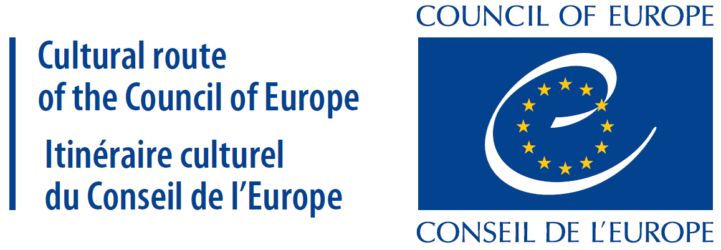Enthält die Strecken der gesamten Etappe, einschließlich gut ausgebauter Abschnitte, aber auch Teile der Strecke, die sich in der Entwicklung oder im Planungsstadium befinden.
Enthält nur Teile der Etappe, die entweder entwickelt, mit Schildern entwickelt oder zertifiziert sind - d. h. Abschnitte, die zum Fahren bereit sind.
Ihre Spende trägt dazu bei, dass diese offiziellen GPX-Tracks immer auf dem neuesten Stand sind und frei heruntergeladen werden können.
License & Disclaimer
Diese EuroVelo GPX-Tracks werden unter der Open Database License zur Verfügung gestellt.
Während ECF und die nationalen EuroVelo Koordinationszentren und Koordinatoren (NECCs)
alle Anstrengungen unternehmen, um sicherzustellen, dass die Tracks und ihre Entwicklungsstufen sowohl
sind, können Fehler oder veraltete Informationen auftreten. Der Benutzer ist
ist für seine eigene Sicherheit bei der Nutzung der Strecken und für die
für die Einhaltung der nationalen Verkehrsregeln und der Beschilderung. Bitte
laden Sie die vollständige Lizenz und den Haftungsausschluss herunter und lesen Sie sie, bevor Sie die Tracks benutzen.
Bitte laden sie vor Benutzen der Tracks den kompletten Haftungsausschluss herunter und lesen sie ihn.
